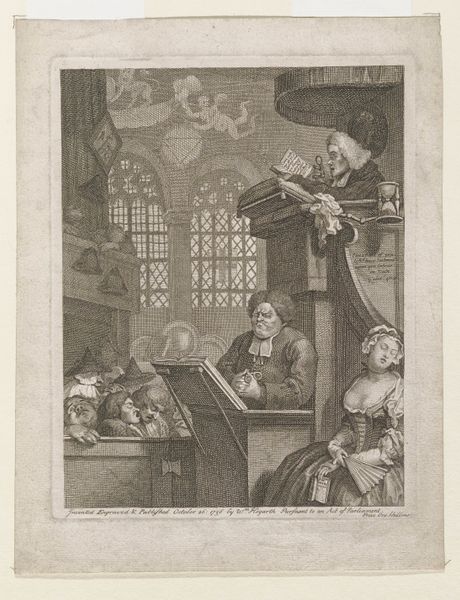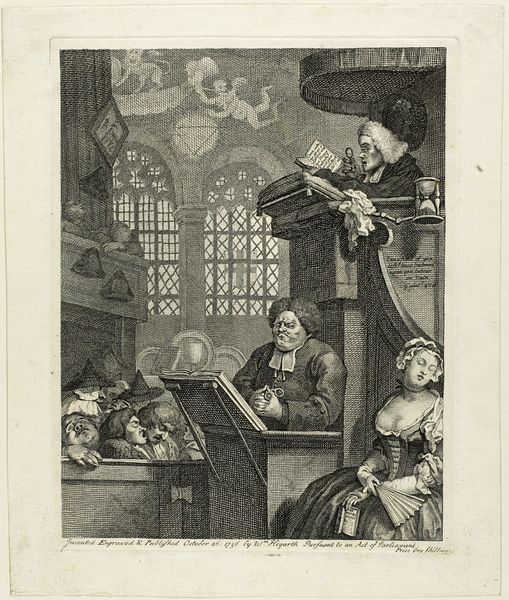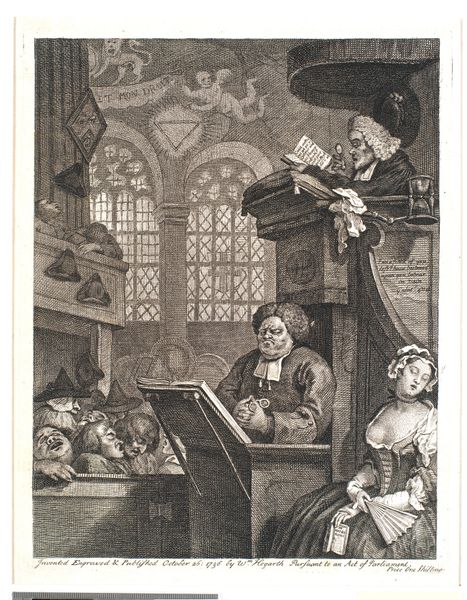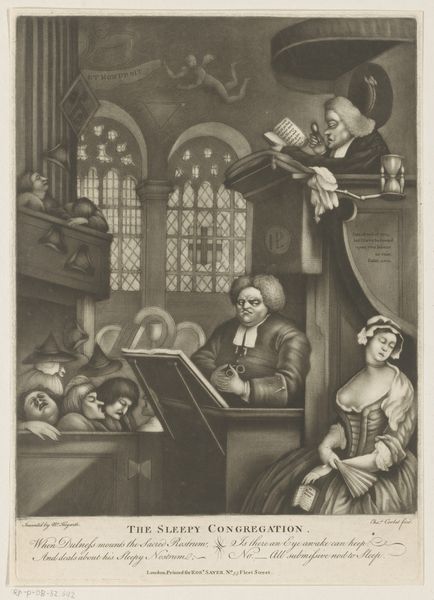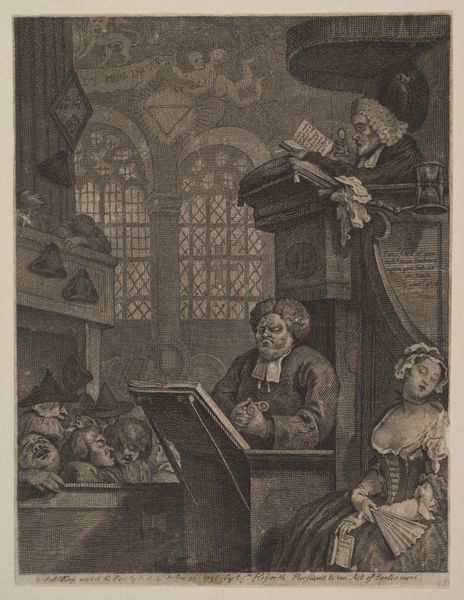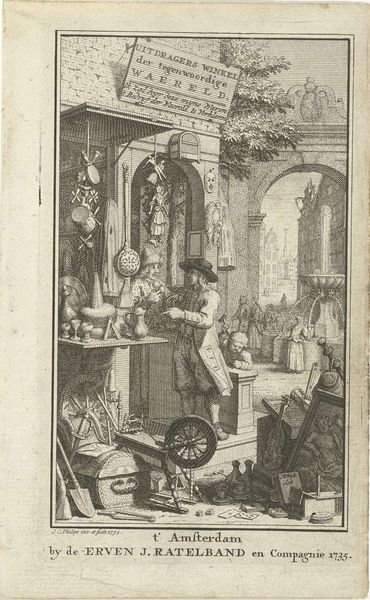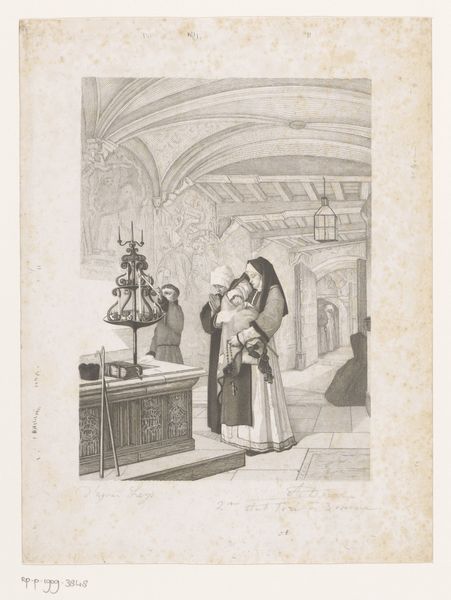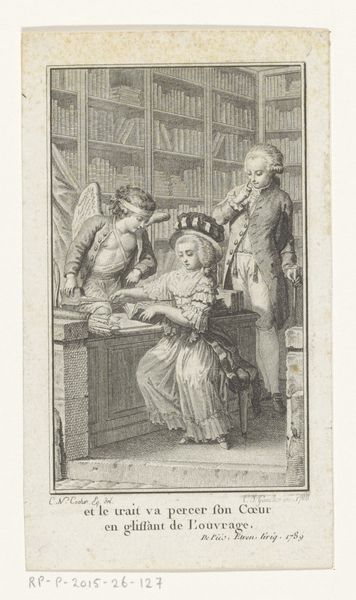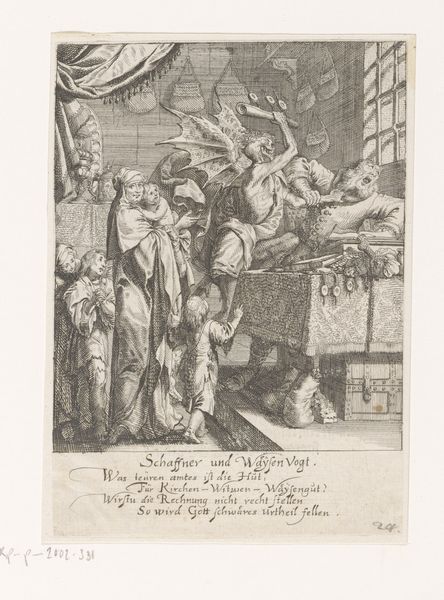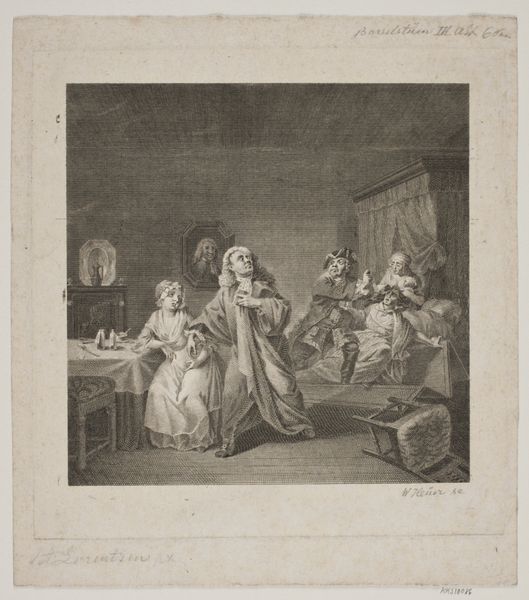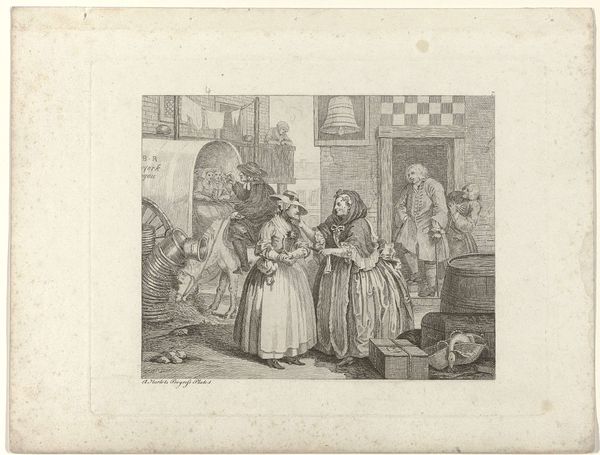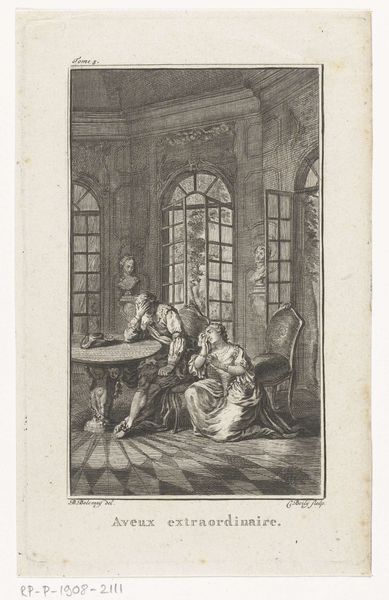
print, etching
#
baroque
# print
#
etching
#
caricature
#
genre-painting
Dimensions: 10 x 7 3/4 in. (25.4 x 19.69 cm) (sheet)
Copyright: Public Domain
Editor: This etching, "The Sleeping Congregation," created in 1736 by William Hogarth, feels like a rather direct commentary on religious practice. The range of reactions – outright slumber, veiled boredom – it's almost comical. What strikes you when you look at this piece? Curator: The etching allows Hogarth to disseminate this commentary widely. Consider the material constraints of printmaking in the 18th century. He is both artist and producer, overseeing the engraving and the printing, thereby controlling the message and its distribution. That makes him a craftsman and early media mogul all in one! What do you make of that, as an undergraduate student, versus its implications for the social critiques offered here? Editor: That’s a fascinating point about the method of production. So the means of creation are intrinsically linked to the message? And is he, through the relatively reproducible method of etching, democratising critique? I mean, wouldn't paintings mostly circulate among the wealthier classes, whereas prints... Curator: Exactly. Hogarth utilized a printing technique, to then circulate commentary within the rapidly expanding middle classes. Consider, too, how the detail, achieved through this meticulous process, lends itself to close inspection by many. Note the tools around the preacher! It is an incredibly class-aware jab at organised religion! How might a painting of similar composition miss this nuance? Editor: So, by thinking about the materials and the process, we uncover layers of social commentary, targeted at specific social strata! It seems much more pointed now, especially considering the time! Thanks! Curator: And that's how materiality illuminates meaning. Think of the work required to make this! Now consider the 'work' done, or *not* done, by those depicted here. The means of production is never neutral.
Comments
No comments
Be the first to comment and join the conversation on the ultimate creative platform.
